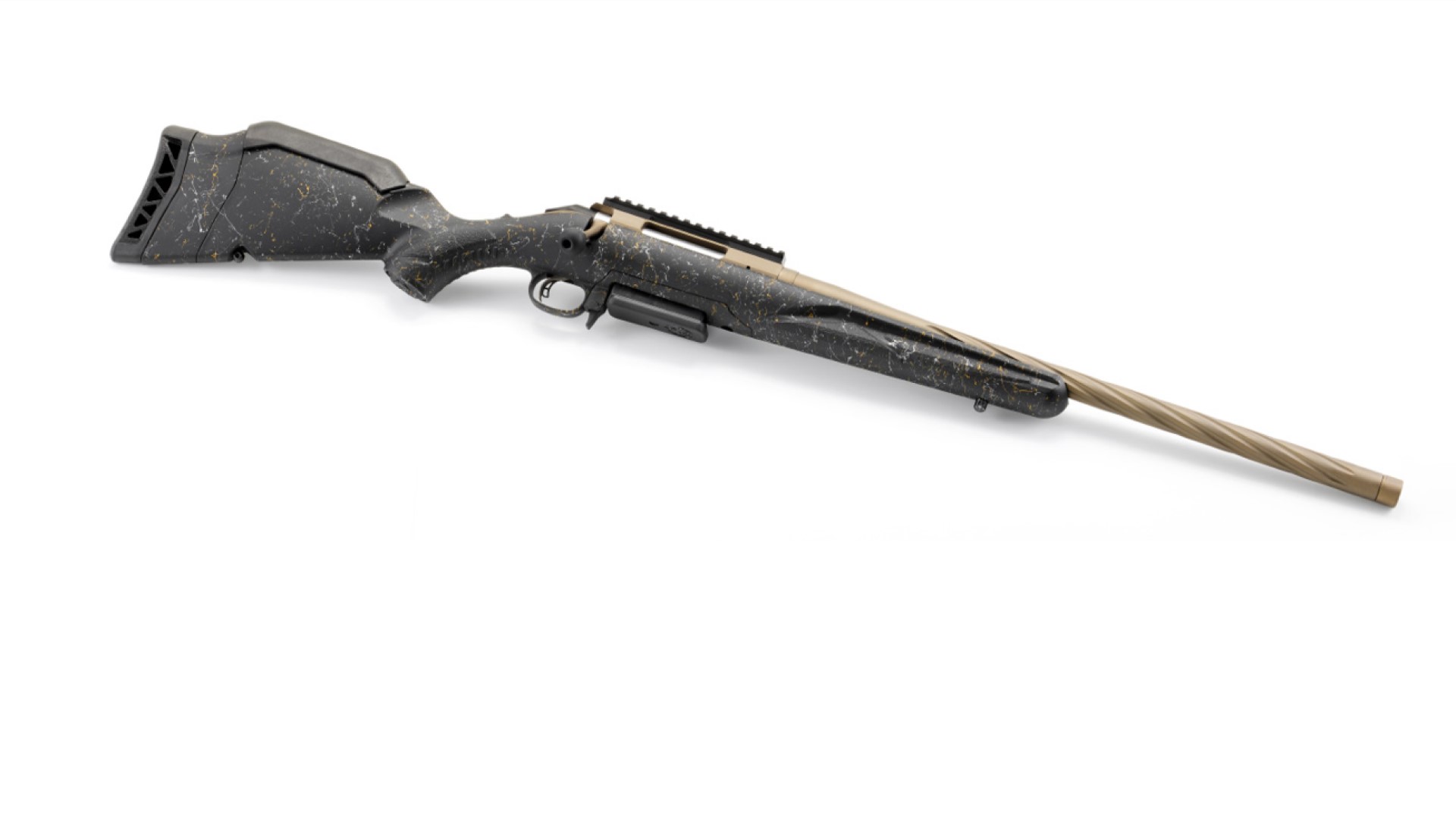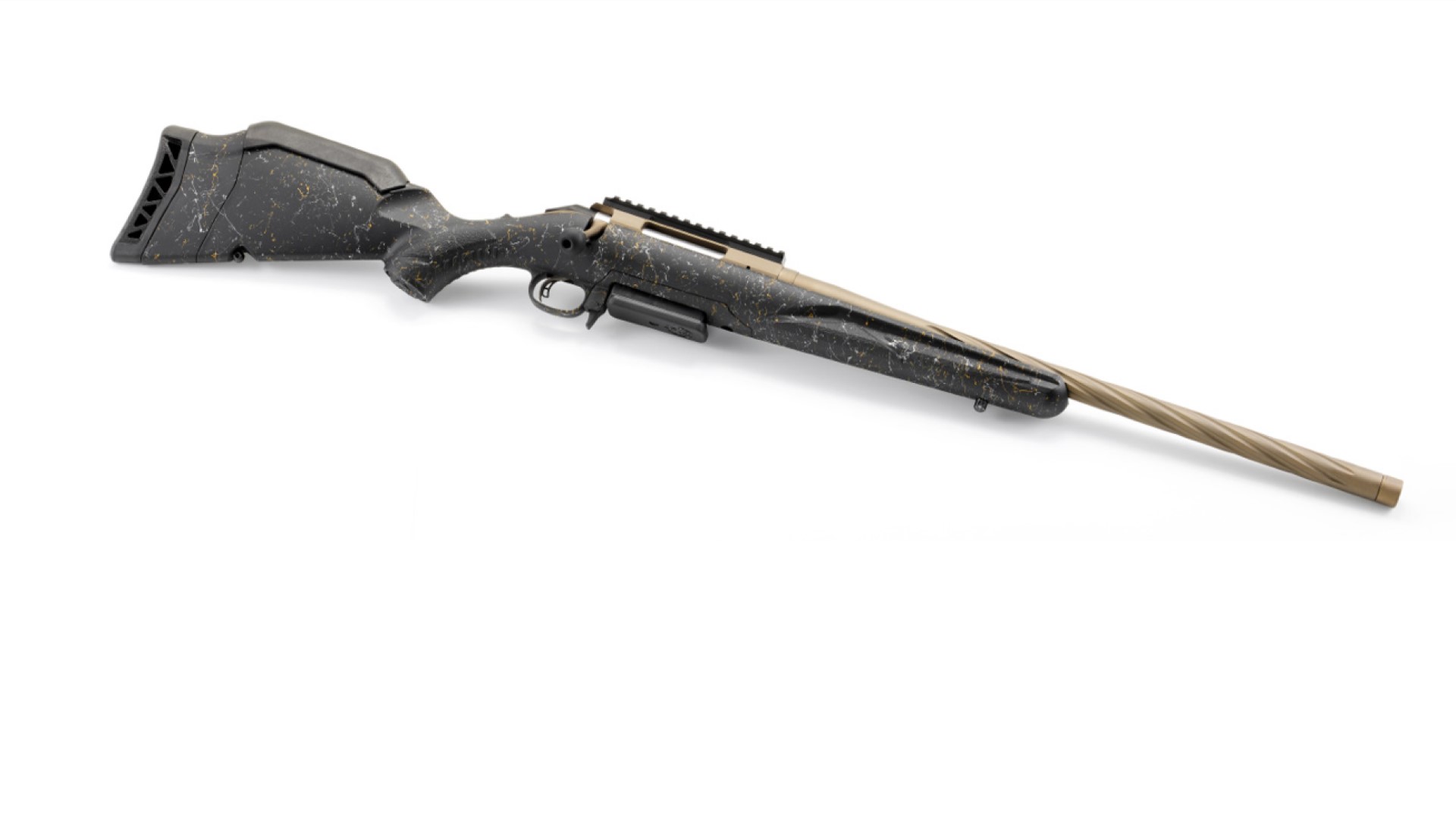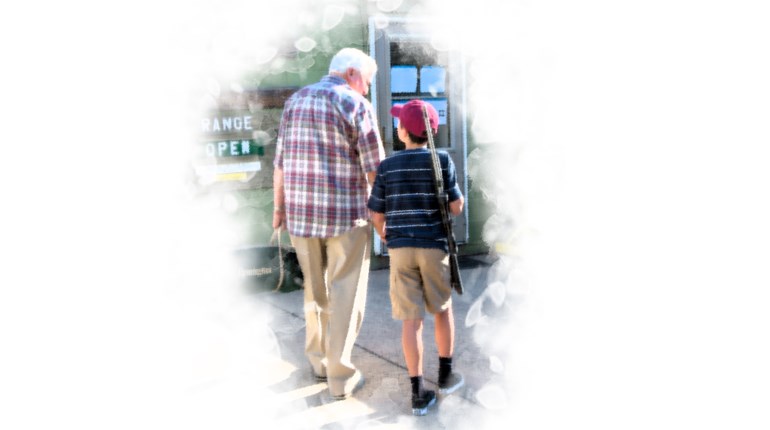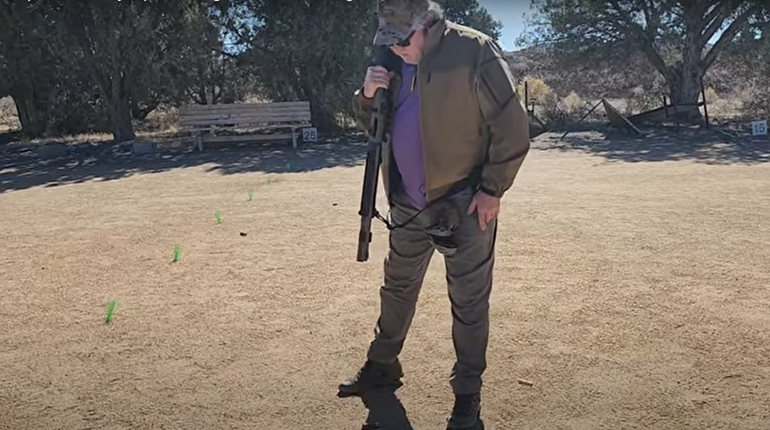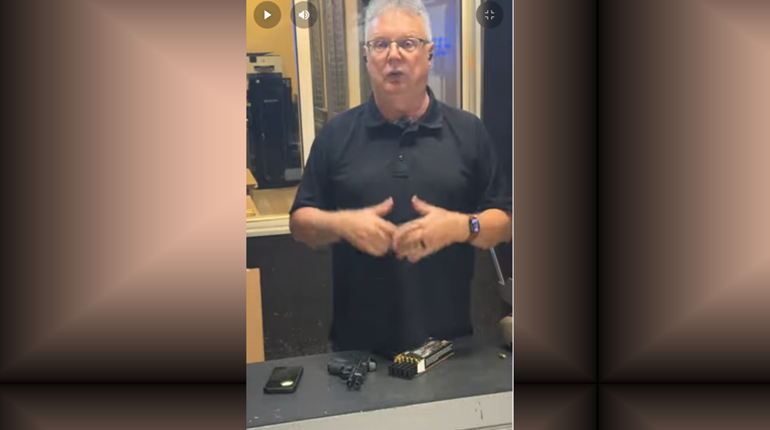
Last week, we covered some of the basics of range safety and etiquette. However, that's not the end of the story. There are a number of additional common sense rules which, though bearing but indirectly on safety, nonetheless promote mutual courtesy at the range.
- Do not handle any firearm while other shooters are downrange checking or changing targets. This includes cleaning, adjusting sights, moving the gun on the rest, etc.
- Do not handle any other shooter's gun, ammunition and/or equipment without his or her permission.
- Be aware of the firing cadence of the shooters next to you and try to avoid firing simultaneously with them.
- Avoid starting up unnecessary conversations with other shooters while they are firing, particularly if they are sighting-in, testing loads or engaged in some other activity that requires concentration.
- Police up all your brass, targets, empty ammunition boxes and other trash.
- Do not pick up another shooter's brass; he or she may intend to use it for reloading.
- Do not engage in boisterous, loud or distracting behavior that might annoy other shooters.
We've also recently discussed hangfires and misfires. When a suspected hangfire or misfire occurs at the range, the shooter should:
- Keep the gun pointed downrange or in a safe direction.
- Wait at least 60 seconds before opening the action on a modern cartridge firearm and two minutes with a muzzleloader, in case the problem is a hangfire.
- Raise the non-shooting hand to notify any range personnel of a problem and to summon their assistance.
When a suspected squib load occurs at the range, the shooter should:
- Stop firing immediately.
- Keep the gun pointed downrange or in a safe direction.
- Raise the non-shooting hand to notify any range personnel of a problem and to summon their assistance.
- Unload the gun and make sure the chamber is empty.
- Insert a cleaning rod down the bore from the chamber end, if possible, to make sure there is no bullet lodged in the bore.











